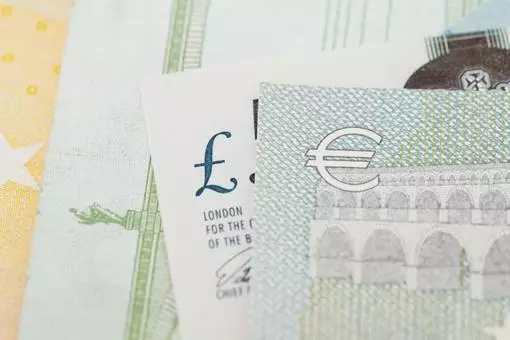China rate cut indicates economic slowdown
- 11th May 2015
- Written by Hari Srinivasan
- Business & Economy

China’s third interest rate reduction in six months hints at further slowing economy.
The People’s Bank of China (PBOC) has cut interest rates for the third time in six months to boost the nation’s slowing economy. However, while shares in China surged on the news to erase earlier losses, it’s likely that the rate cut indicates further economic slowdowns on the horizon.
Earlier in the week, downbeat inflation and trade data put the Chinese economy in the spotlight once more. Meanwhile, the fact that China cut its interest rate again hints that coming industrial output and investment data will also disappoint.
"China's economy is still facing relatively big downward pressure,” the PBOC said in a statement.
"At the same time, the overall level of domestic prices remains low, and real interest rates (interest rates relative to inflation) are still higher than the historical average," the statement added.
Benchmark rate lowered
China’s central bank lowered its benchmark rate by 25 basis points to 5.1 per cent, with the aim of boosting development. In addition, it’s also a reaction to the ongoing economic slowdown which is expected to be drawn out over a number of years.
Last week, the International Monetary Fund (IMF) released its latest projections that suggest economic growth in China will decline to six per cent by 2017. The numbers keep dwindling, as last year’s figures show the Chinese economy growing by 7.4 per cent, and the IMF projects growth this year at 6.8 per cent, and 6.3 per cent in 2016.
The great Chinese engine of growth continues to sputter, and the sharper-than-expected slowdown could see the nation record its slowest annual expansion in over two decades. Read our ‘What slowing economic growth means for China’ feature to see why this is happening.
Slowing pace of job creation
Other economic problems include a cooling property market and deflationary pressures. Furthermore, while the nation’s labour market appeared to be managing the slowdown with ease, some cracks have begun to show.
Only last month, China noted that the pace of job creation was slowing due to the weaker economic growth. Meanwhile, Reuters reported that the Liaoning province government nearly halved its annual job creation target to 400,000 from 700,000.
The Chinese economic slowdown is forcing the government to evolve its economy to a consumption based model, rather than export driven. During the switchover there will be some risks to the stability of the economy. However, if managed correctly, it could result in a robust and healthy economy that will ultimately be beneficial for national and global growth.
Other News
What Role Does Motivation Play in Managing an Organisation?
What role does motivation play in managing an organisation? Motivation is one of the major factors for driving success. If…
The impact of the Brexit deal on the accountancy sector
After months of uncertainty and political wrangling, a Brexit deal was finally announced on Christmas Eve 2020. The deal includes…
5 Essential elements of a winning business development plan
The first step to building or expanding a business is creating a concrete business development plan. Entrepreneurs will find plenty…



